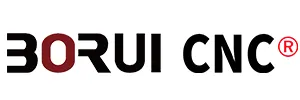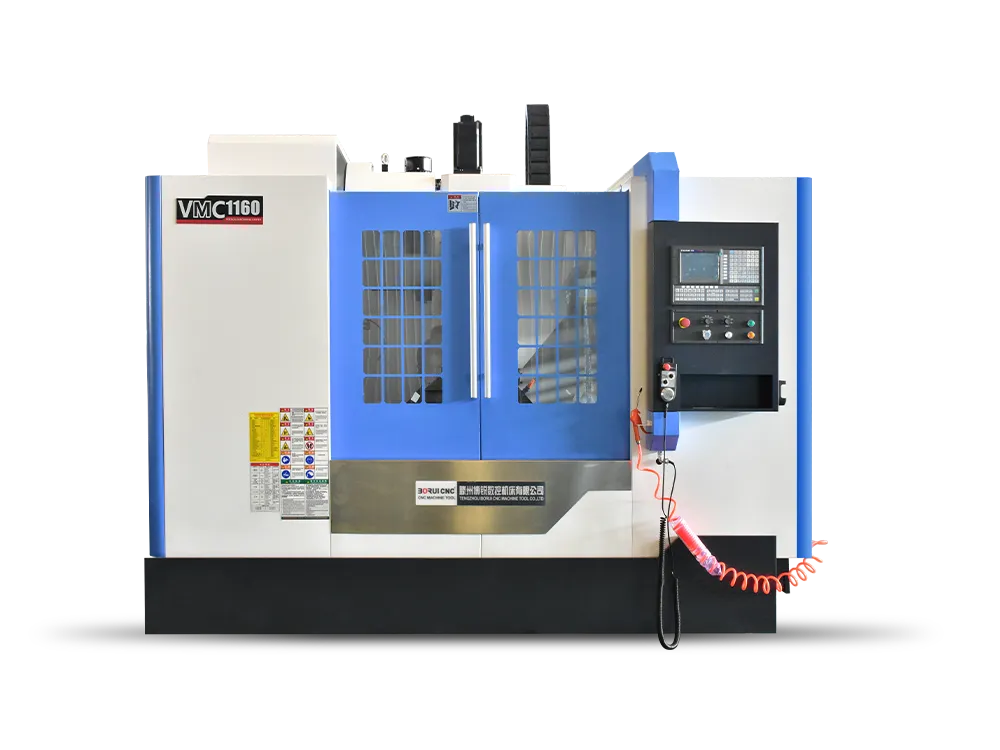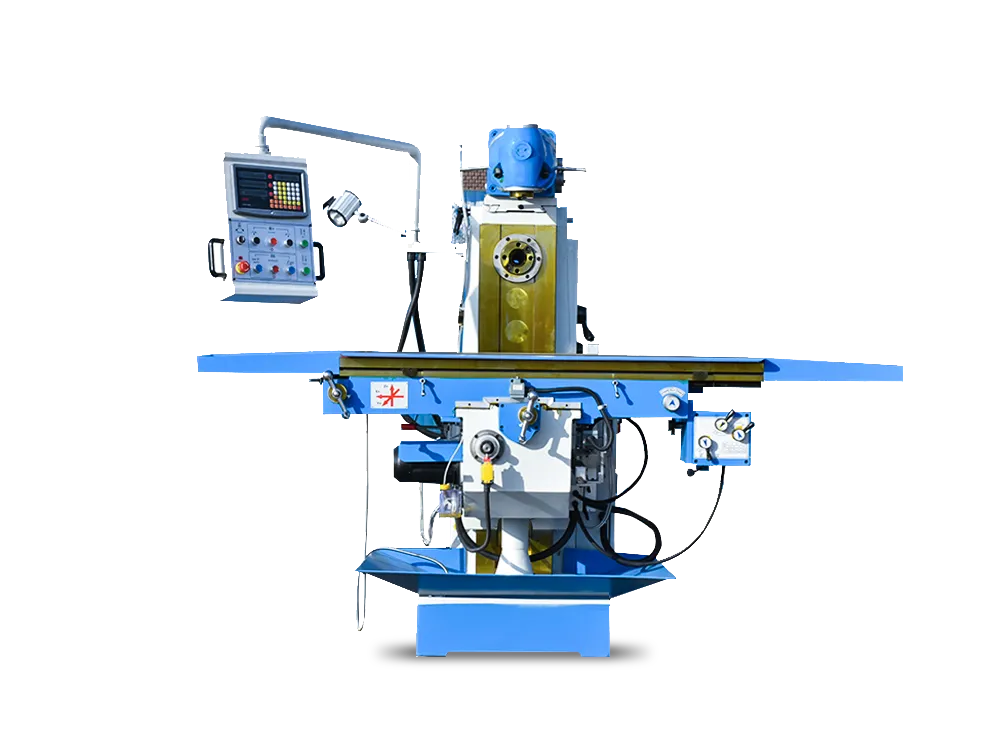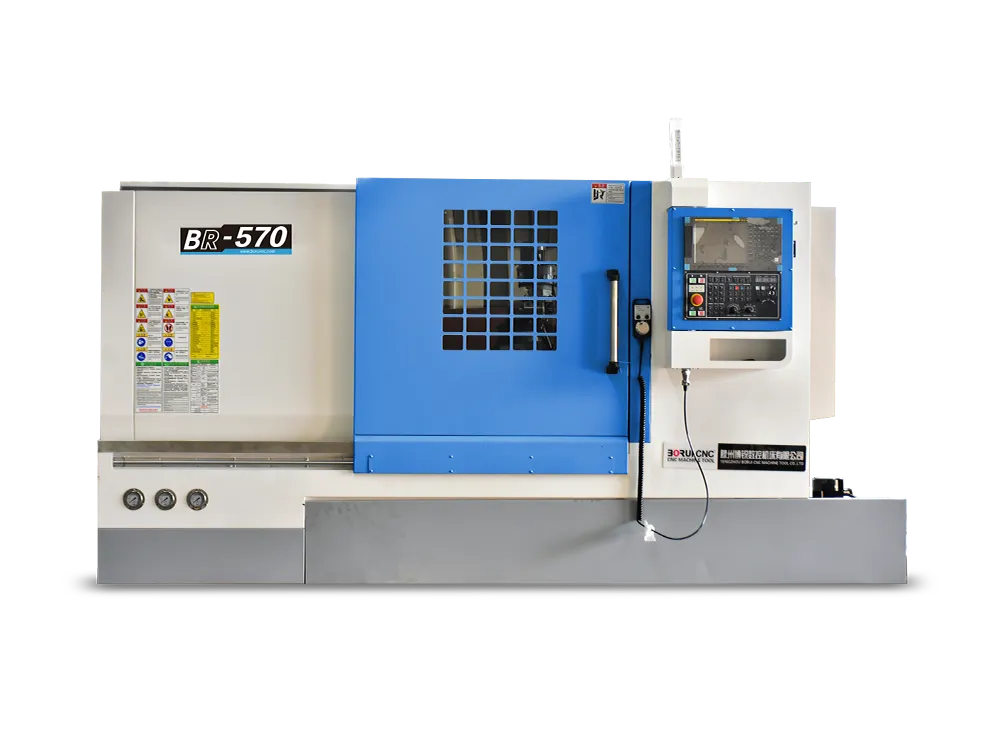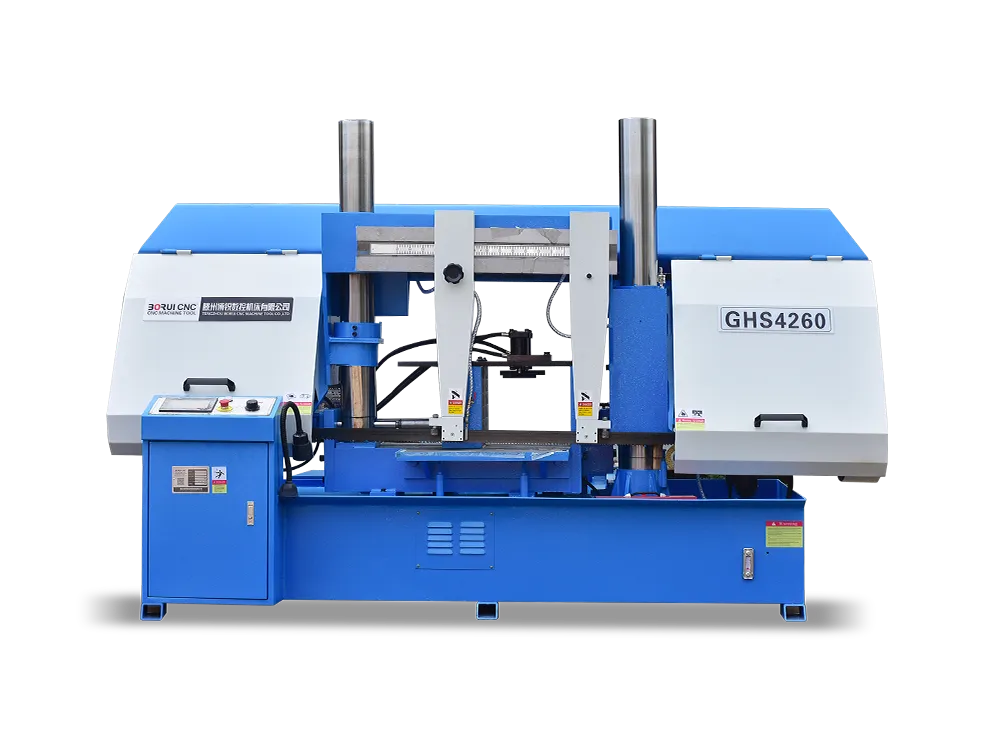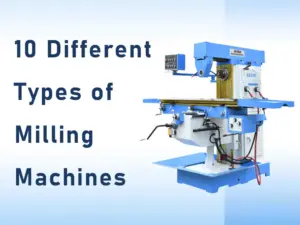
Milling machines have existed since the 1800s. Their usage has increased the efficiency of manufacturers. They are commonly employed in the automotive and aerospace industries. However, there are different types of milling machines available in the market.
Those types vary from each other in terms of their way of working. They differ in terms of efficiency, performance, and speed. However, they serve the same purpose: to cut or shape the workpiece. This guide will give you an understanding of all types of milling machines. So, let’s dive in!
What Are Milling Machines and How Do They Work?
Milling machines cut or shape any material. From automobiles to aerospace, every industry relies on these machines. This is due to their precision, speed, and excellent repeatability. They help reduce the time needed to achieve output and the desired shapes.
These machines consist of many components which work together. The machine holds the workpiece (material under work). The cutter moves to cut or shape that workpiece accurately. Unlike Lathe machines, the material remains still and does not move in any direction.
There can be one or multiple rotating cutters. Entry-level milling machines usually come with one cutter. However, premium machines that cost more come with various cutters. These cutters move according to instructions by automated software and cut the material. The resultant output gives the desired results.
These machines are helpful not only in metalworking but also in wood cutting. As I said earlier, there are different well-known machines. But their basic working mechanisms are similar. All those hold the material, and cutters cut it. They vary in terms of the sizes of their components. In the section below, we will discuss different types of milling machines.
Types of Milling Machines
As I said earlier, there are different varieties of milling machines. Each offers unique benefits in the cutting process. Unfortunately, only some of those types are known to most people. If you’re also one of those, fret not. I will explain each CNC machine type in detail in the section below. So, let’s get started!
1. Vertical Milling Machine
Vertical milling machines consist of vertical spindles. However, this spindle works or operates perpendicularly. Every milling machine has a vertical column that supports the spindle assembly. So, the spindle remains attached to this column and rotates at different angles.
The work table can move in any direction: horizontally, vertically, right to left, up, and down. This allows the cutter to cut the workpiece in any shape due to its easy movement in different planes. These vertical milling machines can fit various cutters, including face mills and drills.
These machines are used for grooving, drilling, and boring. A beginner vertical machine costs $6000. However, more advanced vertical machines can cost around $50,000. Both CNC and manual vertical machines are available. Manuals are more cost-effective than CNC vertical machines.
2. Horizontal Milling Machine
These machines are opposite to vertical milling machines. See the differences between vertical milling machines and horizontal milling machines. Their spindles run horizontally, or, in other words, they operate parallel to the table. The work table moves, and a workpiece is set on it. The material under the work remains steady.
The table moves in different directions and positions the workpiece under the cutter. Keep in mind that rotating cutters work in a vertical direction. The spindle remains horizontally. They are one of the most used machines. It is due to its reliability when working on large and heavy-duty materials. No matter how rigid a material is, this machine can smoothly cut it.
They are more expensive than vertical milling machines. Their prices start from $15000 and go up to $100000 plus. Both CNC-based and manual horizontal machines are available. These machines are efficient and provide excellent surface finishing.
3. Universal Milling Machine
This is a more advanced and improved form of horizontal milling machine. The universal milling machine is more versatile than any other type. It consists of a swiveling table, which can move up to a 45-degree angle.
It means that cutters can cut the material from any side as the table can move quickly in any direction. Not only this, but this machine also helps in matching operations. So you won’t need to have a separate shaper machine for machining. So, it will save you some bucks.
These universal milling machines also offer excellent customization. For example, you can use attachments to get different results from these machines. Those attachments or add are as follows:
- Slotting attachment
- Rotary attachment
- Vertical milling attachment
- Index head or dividing head
Let’s discuss their application. Manufacturers use these machines for various technical and complex products. Examples of those products are reamers, twist drills, and spirals. This type of milling machine has many advantages. However, operating is expensive and complex, which are prominent drawbacks.
4. Planer Type Milling Machine
This type of milling machine is suitable for heavy-duty materials. It consists of adjustable spindles that move vertically. The work table moves to bring the workpiece under the cutter. It is important to note that the cutter can also be up and down.
Due to the cutter’s movement, these machines’ working speed is breakneck. Moreover, some advanced Planer-Type Milling Machines come with advanced features of speed adjustment. The speed of the cutter relates to the speed of the worktable. These machines are also known as “Plano Millers.”
5. Turret Milling Machines
This milling machine is complex and costly. But its versatility is worth the high price. Turret milling machines consist of rotating turrets containing cutting tools. Changing those cutting tools to achieve different cutting results is relatively easy.
It is important to note that the spindle moves vertically. During this movement, it puts the cutter tools above the workpiece. This is for accurate cutting and shaping. What makes these tools popular is that they give you the freedom to adjust the height of cutting tools. Therefore, these machines work perfectly with materials of different sizes.
6. Tracer-Controlled Milling Machine
This machine consists of a specialized tracing mechanism called a servomechanism. This tracing system makes it easy to copy any model. The cutter follows the tracing mechanism and cuts the workpiece in the shape of the given model. In this way, it can easily make any shape material.
Many industries use this to make custom parts for automobiles. No matter how complex the model is, this machine can cut it correctly. However, it is costly and slow and requires an expert operator to avoid mishaps.
7. CNC Milling Machine
CNC stands for Computer Numerical Control. These machines are automated and controlled by programmed software. Two types of machines are available: manual and CNC-based. Many individuals are usually required to operate a manual milling machine.
However, the CNC machines are fully automated. A computer is used to operate with excellent precision. Instructions in the form of input are given to such machines. As a result, precise cutting and shaping of the workpiece happens in no time. These machines are accurate, quick, reliable, and increase productivity.
Quick Tips: CNC machines offer better benefits and can cut material in complex shapes. However, they are costly. That is why many manufacturers prefer manual milling machines.
8. Nano-Milling Technology
A nano-milling machine works to cut tiny parts or materials. It won’t be wrong to say that it can efficiently work at the microscopic levels. The cutters of these machines are very sharp. So they can easily cut those components in any shape.
The question might arise: Why is material cut into such miniature components? The medicine and electronics industries use such small components. Sometimes, materials are cut to the molecular level. In such cases, these nano-milling machines are used.
Along with cutting material at the microscopic level, they also offer excellent finishing. The manufacturers don’t need to take any steps to get surface finishing. However, these machines are more prone to wear and tear. The reason is that their functionality, components, and design are complex.
9. Bed-Type Milling Machines
These machines are more complex and are used at the professional level. They feature a fixed bed that doesn’t move vertically. It can only move in two axes. Those movement directions include longitudinal movement in the X and Y axes.
Interestingly, the bed-type milling machine doesn’t have a knee. Therefore, the bed cannot move in the vertical direction. Thus, the vertical spindle facilitates the movement of the bed in the Z-axis. The bed’s axis movement allows you to cut the material in any shape easily.
As far as their price is concerned, they are expensive. They are not suitable for someone who operates at the lower level. However, large businesses that work on a bigger scale need these milling machines. Their accuracy and quick turnaround help them meet deadlines.
10. Knee & Column Milling Machines
These machines have five main components: head, worktable, saddle, knee, and overarm. The vertical column is the fundamental part that helps the main rotate. Moreover, the knee plays a crucial role in working these machines.
The knee supports both the saddle and the work table containing the workpiece. This means the knee helps rotate the table so the cutter can cut the material. These machines are simple. Manufacturers consider this type of machine suitable for small—to large-scale tasks.
This machine’s working mechanism is common in vertical and horizontal milling machines. Its sharp cutters are suitable for cutting and shaping car parts. Thus, manufacturers use them in the automobile industry to shape vehicle components.
Which Type of Milling Machine Should You Choose?
Different factors influence the selection of milling machines. For example, you must consider your goal, the material, space, and budget. As a business owner, you must prefer a powerful, fast machine. It will help you meet strict deadlines.
Usually, both vertical and horizontal milling machines are considered favorite options. The reason is that they can handle most milling tasks. However, I recommend you choose universal milling machines. The reason is that these machines offer excellent performance and versatility.
The milling machine can do the work of both a vertical and a horizontal machine. Plus, it is customizable. You can use the attachment to complete your task. Even at a professional level, its performance will satisfy you. You will get quick work done with 100% efficiency.
You can also consider universal, bed-type, and turret milling machines. They are also suitable options for many cutting tasks. Ultimately, your needs and budget will be integral to your decision-making process.
CNC vs. Manual Milling Machines
Both CNC and manual milling machines are integral parts of many industries. They have become the heart of metalworking. However, CNC is usually preferred in industries where automation is needed. Contrarily, manual milling machines require labor involvement.
CNC machines consist of Computer Numerical Control. The automated software controls the whole cutting work. The operator gives programmed input to the software. As a result, these machines precisely cut and shape the material. No extensive labor is required.
Manual milling machines are old-fashioned. They are cheaper and work according to the adjustments made by the operators. It is believed that manual milling machines are more controlled. The reason is operators can change anything while working.
However, CNC is uncontrolled when the software is instructed. Bigger scale industries use CNC machines as they give precise work in no time. The manual milling machines take more time and are slower. Thus, small manufacturing plants use these machines. Here is a table showing their differences:
| CNC Milling Machines | Manual Milling Machines |
| Automated and instructed through software | Manual and labor operates the machine |
| More expensive and complex | Cheaper and easy to use for laborers |
| Require specialized skill operator | No specialized operator is required |
| Offer quick turnaround | Slower and speed depend on the labor |
| Used in high-level industries | Preferred by small manufacturer |
FAQs
Q1: What is a milling machine used for?
A milling machine cuts material from a workpiece and makes complex shapes. It is utilized by machinists, engineers, and large-scale manufacturers. Milling machines help make automobile parts.
Q2: What is the most common milling machine?
The most used type of milling machine is the vertical milling machine. It offers excellent versatility and efficiency. However, horizontal and universal milling machines are also popular. Recently, they are becoming even more popular.
Q3: What are the differences between a lathe and a milling machine?
Both cut or shape the materials. However, their working methods are different. The lathe machines rotate the materials and hold the cutter steady. On the other hand, the milling machine keeps the material of the workpiece steady. The blade rotates to cut or shape the material according to user requirements. Click here for the ultimate comparison.
Conclusion
Milling machines are an integral part of modern manufacturing industries. Their efficiency and performance help the manufacturer to achieve precision in no time. With these, it would not be easier for a manufacturer to get the ideal precision.
There are different types of milling machines. This guide explains the top 10 types actively serving the industries. All those vary in terms of their efficiency and pricing. I suggest you carefully analyze your needs before selecting any milling machine.
